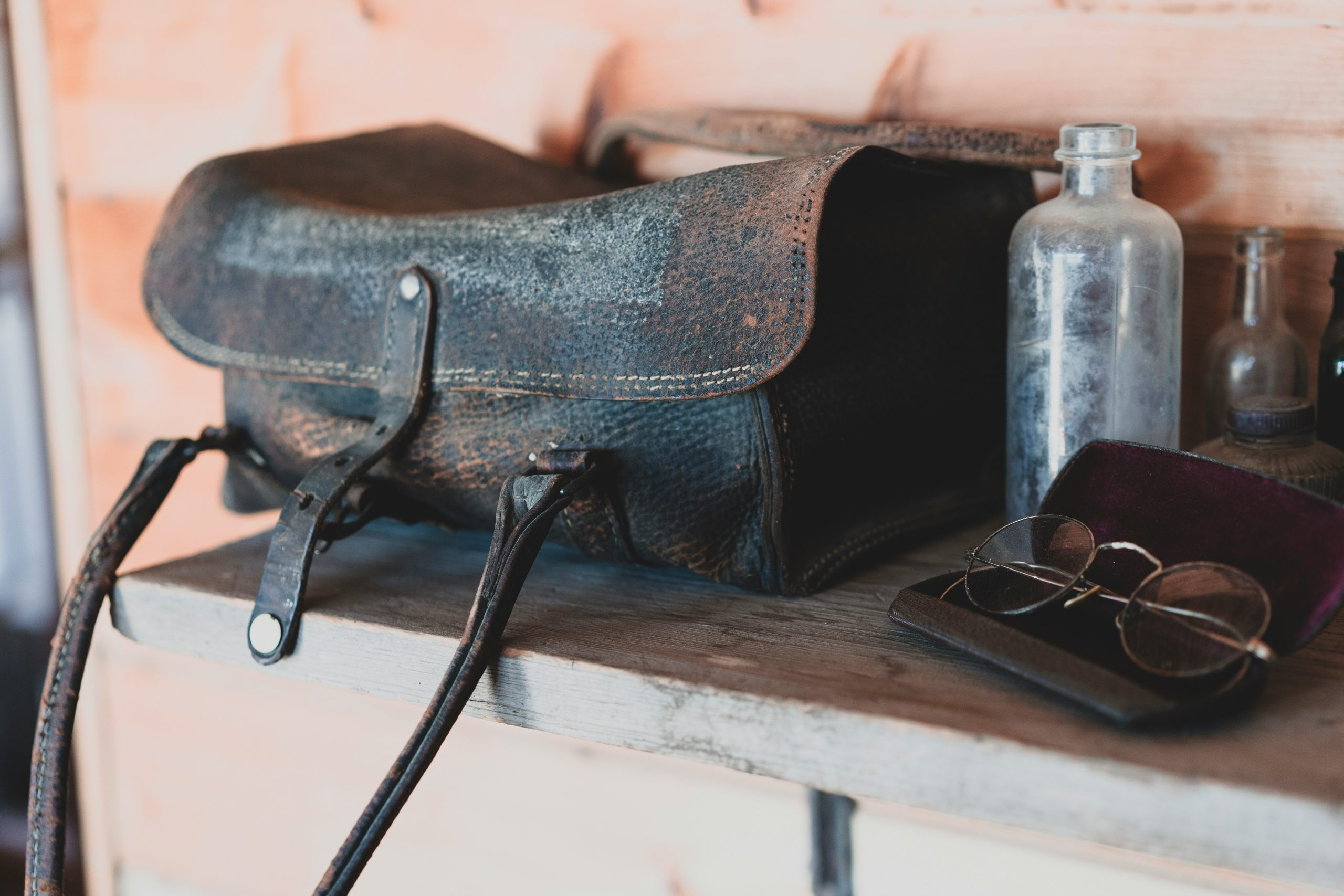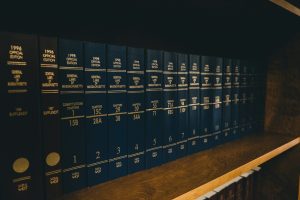Artifact Repatriation: Museums vs. Countries of Origin
The issue of artifact repatriation has been a contentious topic in the museum world for decades. On one side, museums argue that they have the resources and expertise to properly preserve and display these cultural treasures. On the other side, countries of origin argue that these artifacts belong to their respective cultures and should be returned. This clash between museums and countries of origin raises important questions about ownership, preservation, and cultural heritage. In this article, we will explore the arguments of both sides and examine the complexities surrounding artifact repatriation.
Museums: Preserving and Educating
Museums have long been considered safe havens for cultural artifacts. With their advanced technologies and experts in conservation, museums are able to preserve these objects for future generations to enjoy. Museums also see themselves as educational institutions, providing the public with the opportunity to learn about different cultures and histories through the display of these artifacts. For many museums, repatriation of these objects would mean losing important pieces of their collections and hindering their ability to educate the public.
Ownership and Legalities
One of the main arguments museums make in the debate of artifact repatriation is the issue of ownership. Many museums argue that they obtained these artifacts through legal means, either through purchases or donations. They claim that they have the right to keep and display these objects in their collections. Additionally, for some museums, these artifacts have become an integral part of their identity and returning them would mean a loss of revenue and prestige.
Preservation and Restoration
Museums also argue that they have the resources and expertise to properly preserve and restore these artifacts. They have state-of-the-art facilities and highly skilled professionals who can prevent these objects from deteriorating. They claim that in their care, these artifacts can be protected and studied, ensuring their longevity and contributing to ongoing research on the cultures they belong to.
Countries of Origin: Reclaiming Cultural Heritage
Countries of origin, on the other hand, argue that these artifacts are an important part of their cultural heritage and should be returned to their rightful owners. They view the removal of these objects as a form of colonization and a violation of their cultural sovereignty. For these countries, the repatriation of these artifacts is a way to reclaim their history and assert their cultural identity.
Cultural Loss and Identity
One of the main arguments for repatriation is the loss of cultural heritage. For many countries, these artifacts represent a crucial part of their history and identity. When these objects are removed, it not only affects their cultural significance but also their ability to preserve and celebrate their heritage. The return of these artifacts represents a step towards reclaiming their culture and healing the wounds of colonialism.
Economic and Diplomatic Considerations
Countries of origin also see the repatriation of these artifacts as an economic and diplomatic issue. Many cultural institutions in the West have vast collections of artifacts from other countries, leading to a lack of cultural diversity in their collections. The return of these objects can be seen as a gesture of goodwill and a way to promote cultural exchange and understanding. It also has the potential to boost tourism and revenue for countries of origin, as these objects can be displayed in their museums and cultural institutions. Additionally, the return of these objects can also lead to stronger diplomatic relationships between countries, benefiting them in other areas as well.
The Complexities of Artifact Repatriation
The debate over artifact repatriation is not a simple one, and there are valid arguments on both sides. The ownership of these objects, the preservation and restoration efforts, and the cultural significance for both museums and countries of origin all need to be carefully considered. Ultimately, each case of repatriation presents unique challenges and requires an individualized approach.
Collaboration and Compromise
Rather than viewing artifact repatriation as a zero-sum game, there is an opportunity for collaboration and compromise between museums and countries of origin. Museums can work with countries of origin to share their expertise and resources in preserving and displaying these objects. They can also establish long-term loan agreements, allowing for the objects to be displayed in both countries. This approach not only benefits both parties, but it also allows for a deeper understanding and appreciation of different cultures.
Respect and Acknowledgment
It is crucial for museums to acknowledge the history behind these artifacts and the impact of their removal on countries of origin. They must show respect for the cultures from which these objects originated and be transparent about their acquisition. This also includes returning Indigenous remains and sacred objects that were wrongfully taken. Furthermore, museums must prioritize the voices and perspectives of countries of origin in the decision-making process of repatriation.
Conclusion
The debate over artifact repatriation is a complex and nuanced one, with different considerations and implications for both museums and countries of origin. Both sides have valid arguments, and it is essential for a collaborative and respectful approach to be taken when dealing with this issue. As our understanding of cultural heritage and ownership continues to evolve, finding a balance between preservation, cultural sovereignty, and collaboration will be crucial in navigating the complexities of artifact repatriation.











